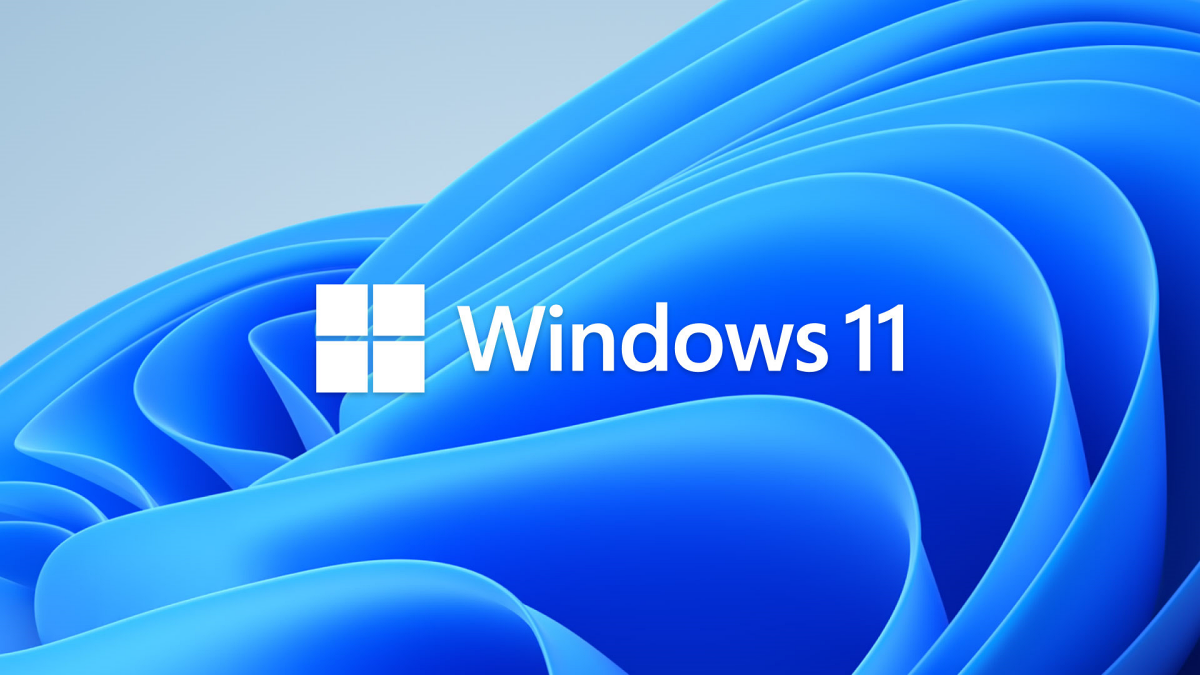Windows Hello, Microsoft’s biometric login system, has gone through a big change, making it impossible to work in dark environments. This change is not a bug, but a deliberate update made by Microsoft. The new system now requires both infrared (IR) sensors and a color webcam.
Before this change, Windows Hello used IR sensors to create a 3D scan of a person’s face, similar to Apple’s Face ID. This method gave a fast and secure way to log in using biometrics. It’s fascinating to learn, and it actually works really well, but there are always flaws to be found.
One major benefit of this IR-based system was that it worked well in low light, letting users sign in even in total darkness. However, Microsoft recently found a security flaw in Windows Hello, which led them to update the facial recognition system. The new version now “requires color cameras to see a visible face when signing in.”
Most webcams cannot see in the dark by themselves, so they need an external light source to make the user’s face visible. This reliance on external lights is why Windows Hello no longer works for many users in dimly lit places. The system now needs the webcam to see a face clearly before it can use the IR sensors to perform the 3D scan.

Related
How to Use Windows Hello Webcam Sign In on Windows 11
Windows Hello allows you to use facial recognition to log in to your Windows 11 PC. Not all webcams are compatible though! Find out what you need, and how to set it up, here.
The security flaw that caused this update was a “spoofing vulnerability.” While the exact details of the flaw are not explained, it was serious enough for Microsoft to strengthen Windows Hello’s security. It is my guess that people can just vaguely look like the right person, or hold up a photo to the camera, and get in as long as the room is completely dark.
Unfortunately, this update means the system can no longer log users in when it’s dark, which was once a major advantage of using IR sensors for facial recognition. The trade-off is better security but less convenience for users in low-light situations.
This is supposed to keep you safer, and eventually, webcam cameras will be good enough to capture you reliably at night. For now, it’s more secure than the possibility of someone using your face recognition against you after stealing your laptop.
Source: Windows Central
